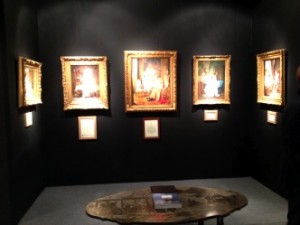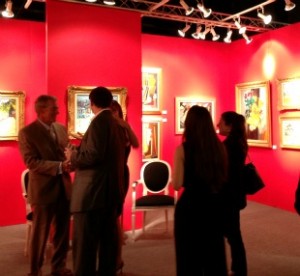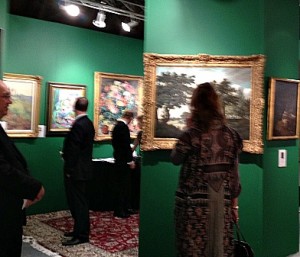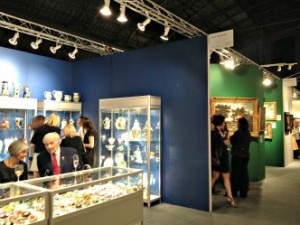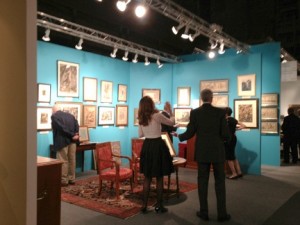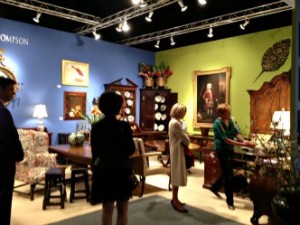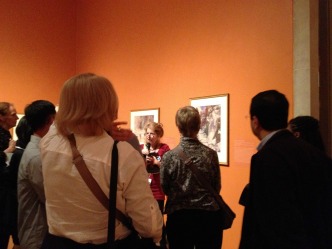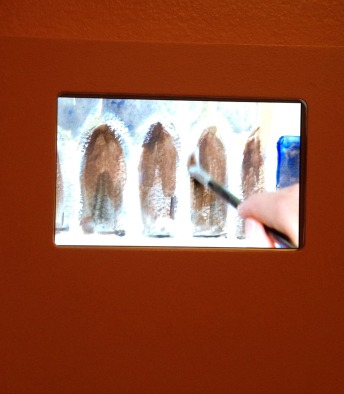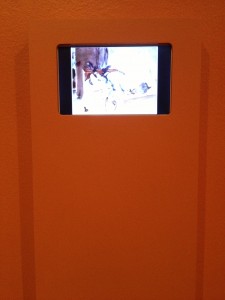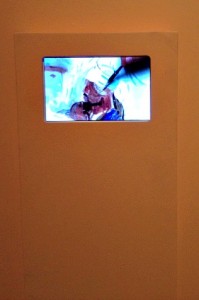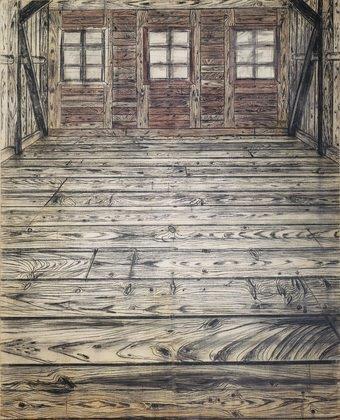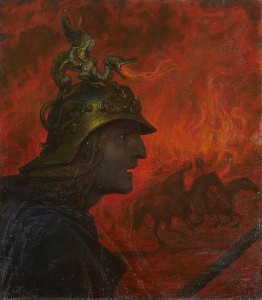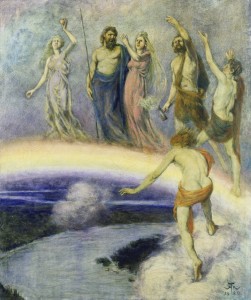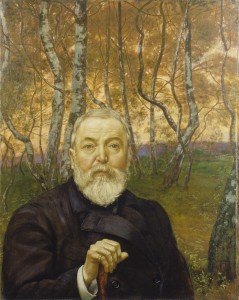I am not a huge fan of foreign museums that expect to raise a lot of money from Americans: it seems to me, as I’ve written here before, that the money mainly flows in one direction — from the U.S. overseas. Not too many Europeans and Asians are giving a lot of money to American museums, though there are exceptions. The Guggenheim, for one, has a couple of foreign trustees, and I would hope that they are providing strong support, as all trustees are supposed to do.  One of them, Victor Potanin, has made a few headlines here for giving. I mention that and more in that previous post.
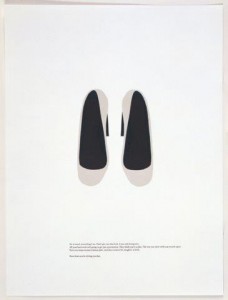 American taxpayers therefore subsidize foreign museums; most other countries do not allow deductions for philanthropic contributions, or limit them, so they don’t have that problems.
American taxpayers therefore subsidize foreign museums; most other countries do not allow deductions for philanthropic contributions, or limit them, so they don’t have that problems.
So I was set to be mildly annoyed when an email arrived the other day about a benefit here in New York for the Tate Americas Foundation this coming Wednesday. Aside from playing up the celebrity culture by naming the expected guests — “fashion luminaries,” artists (including Matthew Brannon, one of whose works is shown here), collectors, curators, gallerists and museum directors — I was expected to see a number for the expected haul from Americans. You can read more here, though that news item does not contain the list of expected luminaries.
Among its sentences: “Since 1999, the charity has raised over $100 million in cash and art donations,” the charity being the foundation, which was formerly known as American Patrons of Tate.
But I softened on another line: “Money raised from the Artists Dinner will be used to acquire art for Tate from the Americas.” Later, we learn that the funds go into a restricted endowment for that purpose.
That’s better. If American taxpayers are to subsidize foreign institutions, let them all fashion a way that the money helps American artists, although — thinking about it — how “American artist” is defined needs further explanation.

